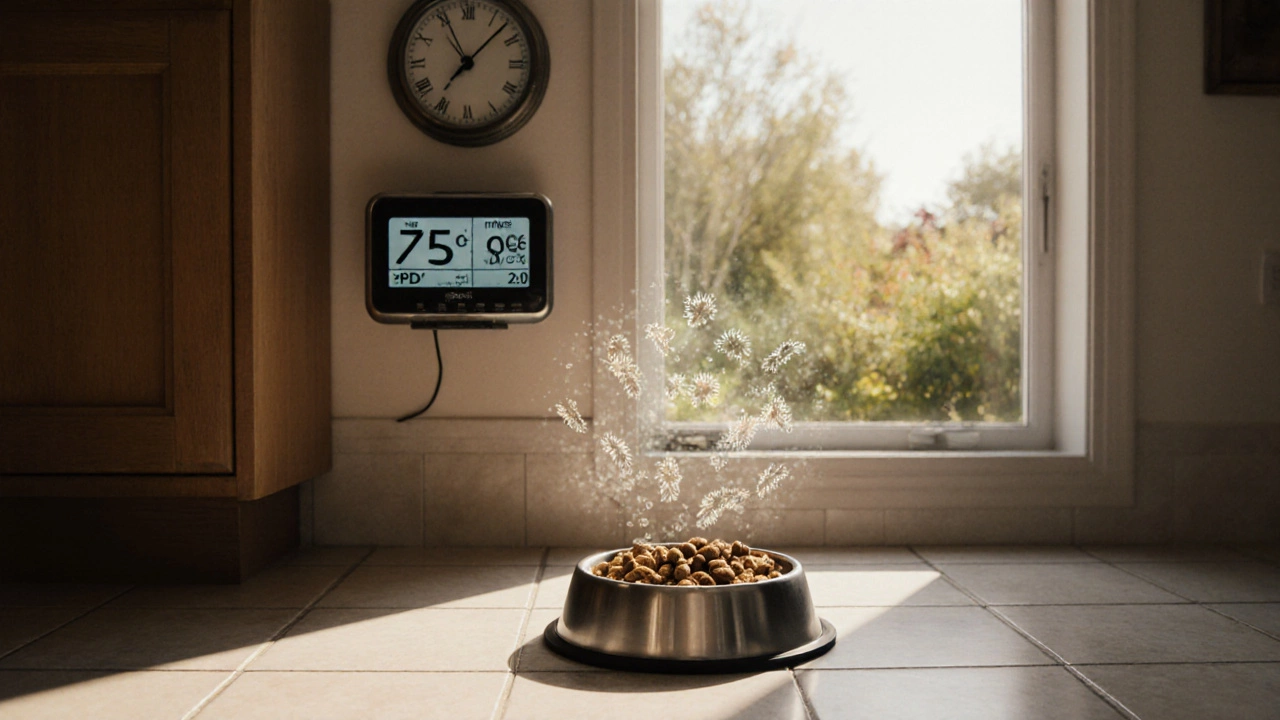Dry Dog Food Safety: What Every Dog Owner Needs to Know
When thinking about Dry Dog Food Safety, the practice of keeping kibble free from contamination, preserving its nutritional value, and storing it properly so your dog stays healthy. Also known as kibble safety, it matters because a single batch of compromised food can affect your pet’s digestion, energy, and even long‑term health. Below you’ll find the core ideas that tie together the whole topic.
One of the biggest influencers of dry dog food safety is Dog Food Ingredients, the raw materials like meat, grains, and additives that form each kibble piece. High‑quality proteins, limited fillers, and clear sourcing reduce the chance of harmful bacteria or toxins. When you pair good ingredients with solid Pet Nutrition, balanced diets that meet a dog’s calorie, vitamin, and mineral needs, you create a safety net: even if a minor flaw slips through, the overall diet stays resilient. Think of it like building a house—strong walls (ingredients) and a sturdy roof (nutrition) keep the rain out.
Key Factors to Keep Your Dog's Dry Food Safe
Another pillar is staying on top of Food Recalls, official notices that a product batch may be unsafe due to contamination, mislabeling, or manufacturing errors. Regularly checking the manufacturer’s website or signing up for alert services lets you act fast, pulling a problematic bag before it reaches your bowl. The relationship is clear: food recalls influence dry dog food safety. In addition, proper storage practices act as the final line of defense. Keep kibble in airtight containers, away from heat and moisture, because exposure accelerates spoilage and invites molds or pests. Dry dog food safety requires correct storage, and the habit of rotating stock (first‑in‑first‑out) ensures you always serve the freshest product.
Beyond the basics, consider the packaging date and expiration. A bag that’s past its best‑by date may still look fine, but the fats inside can oxidize, leading to rancid smells and loss of essential nutrients. Pair this with a quick smell test—if the kibble smells sour or off, it’s time to toss it. This simple check ties back to ingredient quality, because fresh ingredients retain their taste and health benefits longer. Remember, the goal isn’t just to avoid illness; it’s to give your dog the energy to chase balls, the coat shine to impress, and the gut health to stay comfortable.
Putting all these pieces together gives you a clear roadmap: choose reputable brands with transparent ingredient lists, stay alert for recall notices, store kibble in cool, dry conditions, and respect expiration dates. The collection of articles below dives deeper into each of these areas—how to read labels, what common contaminants look like, and step‑by‑step storage hacks. Explore the posts to turn the theory into daily actions that keep your dog’s bowl safe and nutritious.
Posted By Bryndle Redding On 22 Oct 2025 Comments (0)
Can You Leave Dry Dog Food Out All Day? Safety & Shelf‑Life Guide
Learn if leaving dry dog food out all day is safe, how temperature and humidity affect kibble, and get practical tips to keep your dog's meals fresh and healthy.
READ MORE